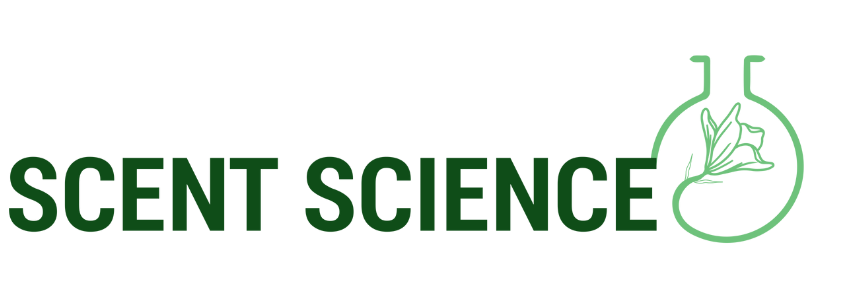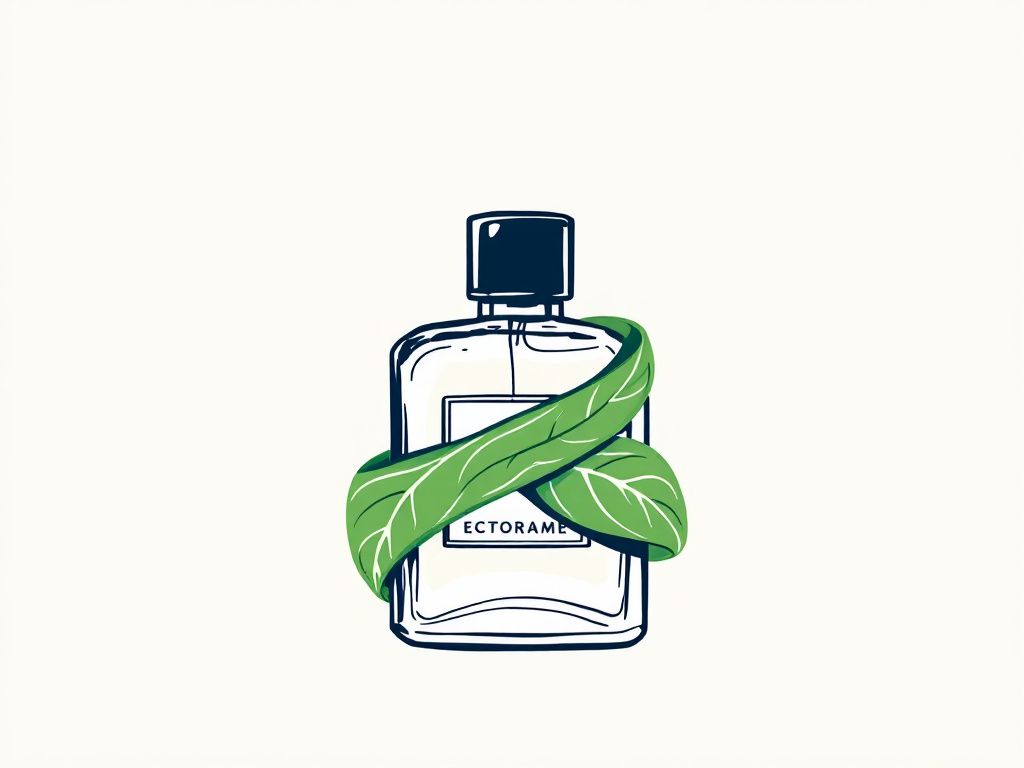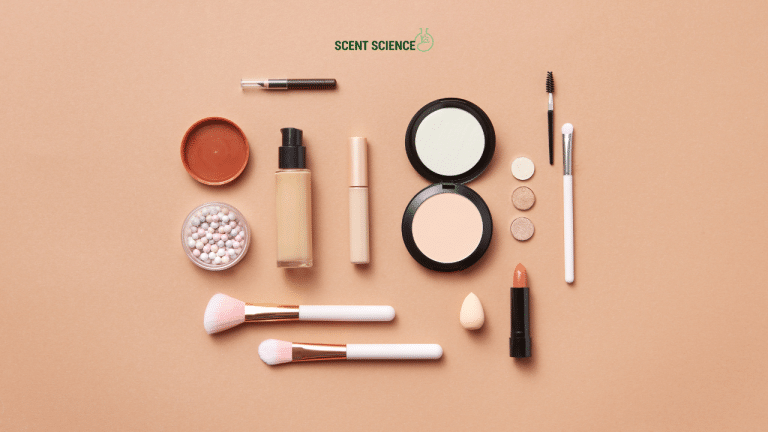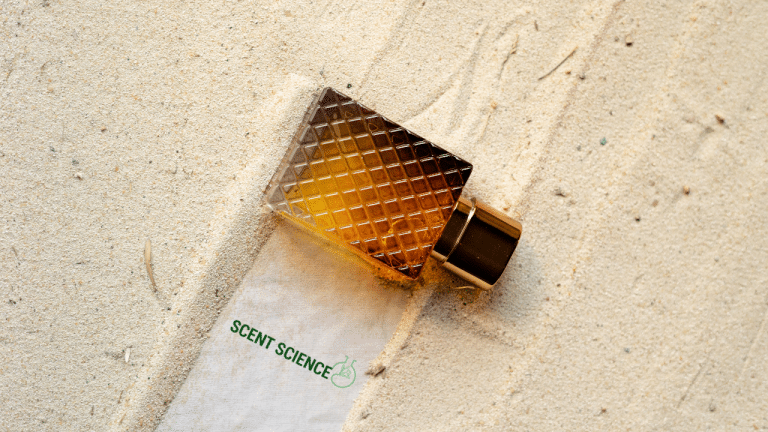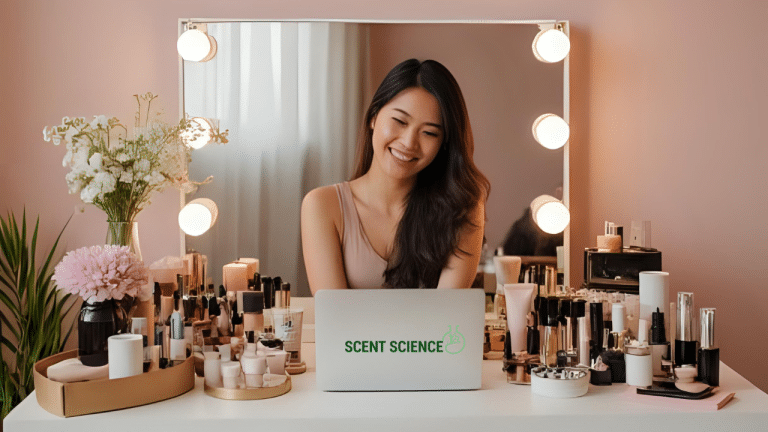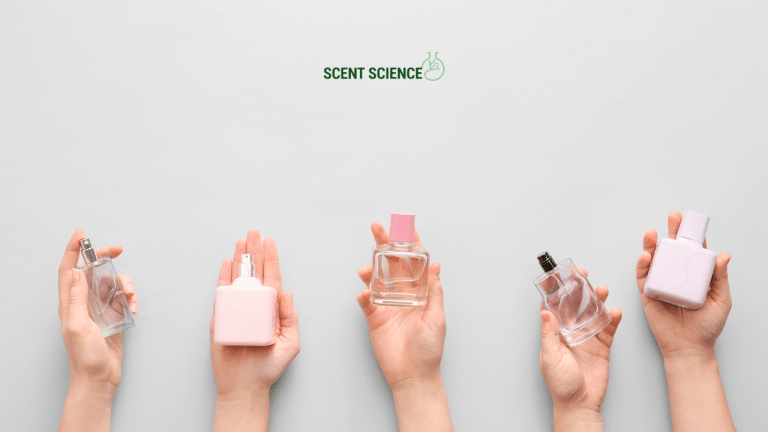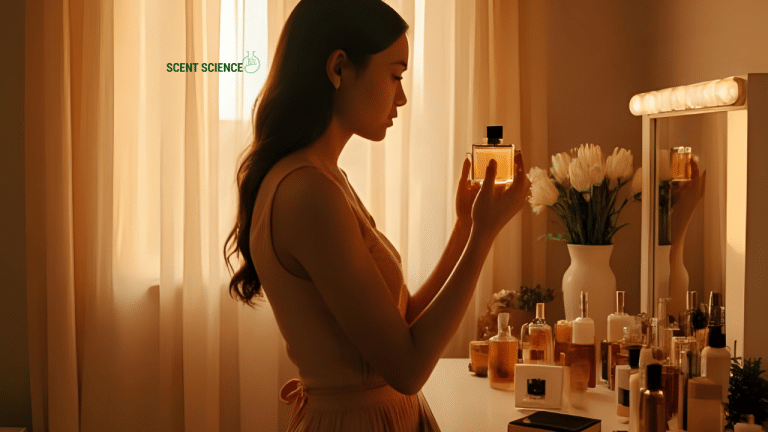Welcome to the olfactory frontier, where fragrance trends are reshaping how we interface with scent. From artisan blends to high-tech innovations, this vibrant field beckons experts and enthusiasts alike to explore its sensory nuances. For professionals navigating this landscape, understanding the upcoming scents and industry predictions is paramount. This guide will dissect the top five fragrance trends forecasted to leave an indelible mark in the coming years.
Table of Contents
Toggle1. Biodegradable Fragrances: Sustainability in the Air 🌱
The Growing Concern for Eco-friendly Solutions
The fragrance industry, like many others, is under increasing pressure to adopt sustainable practices. With colossal responsibility and consumer demand on the rise, biodegradable fragrances have emerged as a significant trend. These products promise to align luxury with environmental accountability without compromising scent quality.
Case Study: Firmenich’s Biodegradable Breakthrough
Firmenich, a powerhouse in the fragrance industry, has spearheaded innovations in biodegradable compounds. Their groundbreaking “Dreamwood” harnesses sustainable sources to create a soft, woody scent that’s both eco-friendly and luxurious. According to industry reports, approximately 88% of consumers express preference for brands demonstrating sustainable practices. Thus, investing in biodegradable solutions isn’t just ethical—it’s commercially advantageous.
How to Implement
- Ingredient Vetting: Evaluate sourcing strategies and prioritize biodegradable raw materials.
- Packaging Reform: Adopt minimalistic and recyclable packaging. Companies can reference industry whitepapers such as the Sustainability Report by the International Fragrance Association (IFRA) to benchmark practices.
2. AI-Powered Scent Creation: The Digital Nose 🤖

The Intersection of Technology and Scent
Artificial Intelligence is revolutionizing how fragrances are conceptualized and produced. Advanced algorithms can now analyze olfactory data to propose new combinations, enhancing both creativity and efficiency in scent creation.
Real-World Application: Givaudan’s Carto System
Givaudan, a leader in flavor and fragrance, launched the “Carto” system. This AI-powered tool assists perfumers by offering real-time ingredient suggestions based on comprehensive scent databases. The result is an elevated creative process wherein human intuition meets technical precision.
Practical Steps for Integration
- Software Investment: Incorporate dedicated AI systems capable of scent data processing.
- Team Training: Equip teams with both technical acumen and sensory expertise, merging computational insights with human scent perception.
3. Personalization and Customization: Scent for the Self 👤
The Pervasive Demand for Unique Identities
In today’s experience-driven marketplace, consumers gravitate towards products that reflect their individuality. Customizable fragrance experiences embody this desire, offering bespoke blends that resonate on a personal level.
Successful Concept: Le Labo’s Tailored Touch
Niche giant Le Labo excels in personalization, affording customers the thrill of crafting their own signature scents in-store. Their approach has fueled their growth, with research indicating that personalized goods experience up to a 20% sales increase compared to standard options.

Implementing Customization
- Consumer Engagement: Implement interactive platforms, either online or offline, where consumers can select their preferred notes.
- Feedback Loop: Utilize consumer data for product development, ensuring offerings align with evolving preferences, as per data analytics insights backed by Fragrance Creators Association.
4. Wellness-Centric Fragrances: Aroma as Therapy 🌿
The Health-First Approach
Fragrances are not just about aroma—they carry therapeutic benefits that resonate with the health-conscious consumer. Wellness-centric scents that emphasize calm, focus, and energy renewal are capturing attention.
Insight into Aromachology: Scents and Sensory Influence
A study published in the Journal of Alternative and Complementary Medicine found aromatherapy significantly reduces anxiety and enhances mood. Brands are researching ways scent impacts brain activity, capitalizing on this burgeoning link between psychology and olfaction.
Application Tactics
- Mindful Scent Integration: Curate fragrances cited for therapeutic properties such as lavender or bergamot.
- Collaborative Research: Partner with psychological experts to validate and enhance the wellness aspects of scent.
5. Vintage Comeback: Retro Scents with Modern Twists 🕰
Nostalgia Meets Innovation

There’s a growing affection for vintage scents, reimagined through contemporary spin. The nostalgia-infused trend bridges generational gaps, combining beloved relational ties with modern sophistication.
Perfume Pendulum: Chanel No. 5’s Continued Reign
Chanel No. 5’s reissue captures this trend, maintaining its iconic aldehydic bouquet while adapting for current olfactory profiles. Research in sensory branding underscores that nostalgia fosters emotional connections, influencing buying behavior.
Strategic Deployment
- Heritage Reinterpretation: Develop fragrances that leverage traditional synthesis methods with current-day storytelling.
- Modern Market Activation: Create multi-platform campaigns that highlight the historical narrative with a fresh, modern flair.
Concluding Thoughts
Fragrance trends highlight a dynamic intersection between tradition and innovation. Industry professionals equipped with these insights can craft offerings that resonate with today’s discerning consumers while preparing for tomorrow’s market dynamics. To maintain competitiveness and relevance, staying attuned to these trends—supported by research, technological integration, and sustainable practices—will be crucial.
Remaining ahead in this vibrant industry means combining data-driven insights, historical reverence, and consumer engagement to create scents that are not just products, but experiences. Now, go forth and craft with boundless creativity and an eye for the forward-thinking, aromatic future. 🌟
—
**References**:
- International Fragrance Association (IFRA) Sustainability Report
- Journal of Alternative and Complementary Medicine
- Firmenich Sustainability Initiatives
- Fragrance Creators Association Data Insights
- Gartner’s Magic Quadrant for Process Manufacturing⚙️
Frequently Asked Questions
What are the benefits of using a hair mask in my hair care routine?
Using a hair mask can provide several benefits, including hydration, smoothing, strengthening, curl definition, heat protection, and damage repair. Hair masks infuse the hair with moisture, help coat the hair shaft to seal split ends, reduce breakage, and protect the hair from heat styling and environmental damage[1][4].
What ingredients should I look for in a hair mask?
Effective hair masks often include ingredients such as coconut oil, argan oil, shea butter, honey, avocado oil, green tea, and coconut water. These ingredients provide nourishment, moisturize, and protect the hair, offering benefits like softening, moisturizing, and protecting against damage[2][5].
How often should I use a hair mask in my routine?
You should use a hair mask whenever your hair feels dry, unmanageable, or in need of intense hydration. This can vary depending on your hair type and needs, but generally, using a hair mask once or twice a week can help maintain healthy and moisturized hair[1][4].
How do I apply a hair mask for the best results?
To apply a hair mask effectively, shampoo your hair first, then apply the mask, focusing especially on the ends where hair tends to be the most damaged. Leave the mask on for anywhere from 10 minutes to overnight, depending on the type of mask and your hair’s needs[1][4].
References